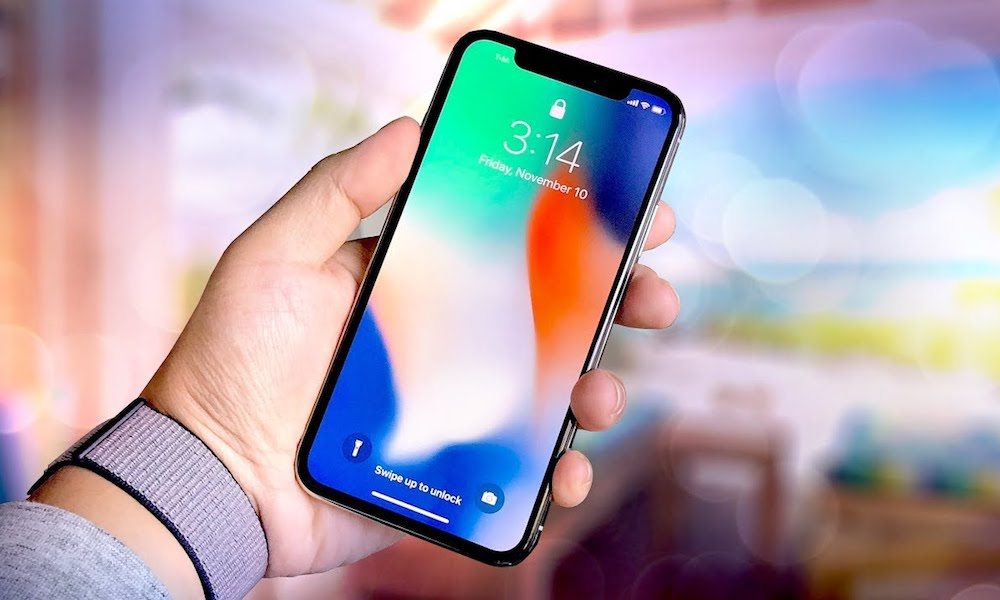Why Investors Think iPhone X Is a ‘Disappointment’ (for Now)
 Credit: 9to5Mac
Credit: 9to5Mac
Toggle Dark Mode
In the months leading up to its November 3 launch, Apple analysts had prophesied that the company’s high end iPhone X would be a catalyst in reversing years of slow-but-steadily declining iPhone sales. And while initial demand for the flagship would indicate the company indeed has a winner on its hands, a slew of recent analyses appear to suggest that demand for the flagship could be wearing off now..
Citing “signs of lackluster demand at the end of the holiday shopping season,” Bloomberg News published a compilation of insider and analyst reports indicating a bearish outlook for iPhone X in 2018.
What Are They Saying?
Citing weaker than anticipated demand, Zhang Bin of Sinolink Securities Co. officially lowered his iPhone X sales estimates for this quarter, suggesting in a research note out this week that Apple may ship 10 million fewer than the the 45 million units he initially predicted.
“After the first wave of demand has been fulfilled, the market now worries that the high price of the iPhone X may weaken demand in the first quarter,” Zhang wrote.
Analysts with JL Warren Capital, LLC. appeared to echo those sentiments, suggesting that Apple could ship even fewer units: 30 million during the holiday quarter of 2017 and just 25 million during the first quarter of 2018.
Interestingly, the New York-based research firm indicated that its lowered estimates largely reflect “weak demand because of the iPhone X’s high price point and a lack of interesting innovations.”
“Bad news here is that highly publicized and promoted X did not boost the global demand for iPhone X,” the firm concluded in a research note to investors.
Cowen & Co. analysts, meanwhile, flat out suggested that Apple didn’t “add enough new technology into the iPhone X to justify a $999 price tag,” cautioning that the availability of lesser-expensive iPhones such as 7/7Plus, 8/8 Plus, and SE could be “filling the gap” left by consumers uninterested in iPhone X or its flashy TrueDepth camera.
Supply and Demand
Bloomberg’s analysis follows an earlier, Economic Daily News report, which claimed that Apple has decided to reduce its own iPhone X sales forecasts from 50 million units down to just 30 million during the first quarter of 2018.
Citing “unidentified supply chain officials,” Economic Daily News noted specifically that Apple’s iPhone manufacturing partner, Foxconn, has ceased recruiting new workers at its main iPhone production plant in Zhengzhou, China.
Shares of Apple (NASDAQ: AAPL) tumbled slightly last week following these reports, shedding about 4 percent of its value in one trading day prior to rebounding incrementally over the last week or so.
AAPL is currently trading at $173.02/share as of Thursday morning, which is up from their December 29th low of $169.23/share.
Spokespeople from Apple and Foxconn, respectively, declined to comment on Bloomberg’s report, with the latter indicating in an emailed statement to the publication that “company policy prevents it from commenting on such matters.”
A Brighter Future?
Even despite the ho-hum sales picture these reports paint, some analysts remain hopeful about the long term potentiation of iPhone X sales. Jia Mo, analyst with Shanghai, China-based Canalys said that Apple’s efforts to ramp up iPhone X production ahead of its launch ultimately resulted in a “fairly balanced” supply and demand for the flagship.
“The market will still hold high expectations for Apple’s 2018 products if Apple introduces more devices with iPhone X’s key features to cover a wider price range,” Mo added.
Fortunately, that may very well be the case for Apple in 2018, as multiple reports suggest the company has even bigger, bolder plans for iPhone X development in the year to come.






